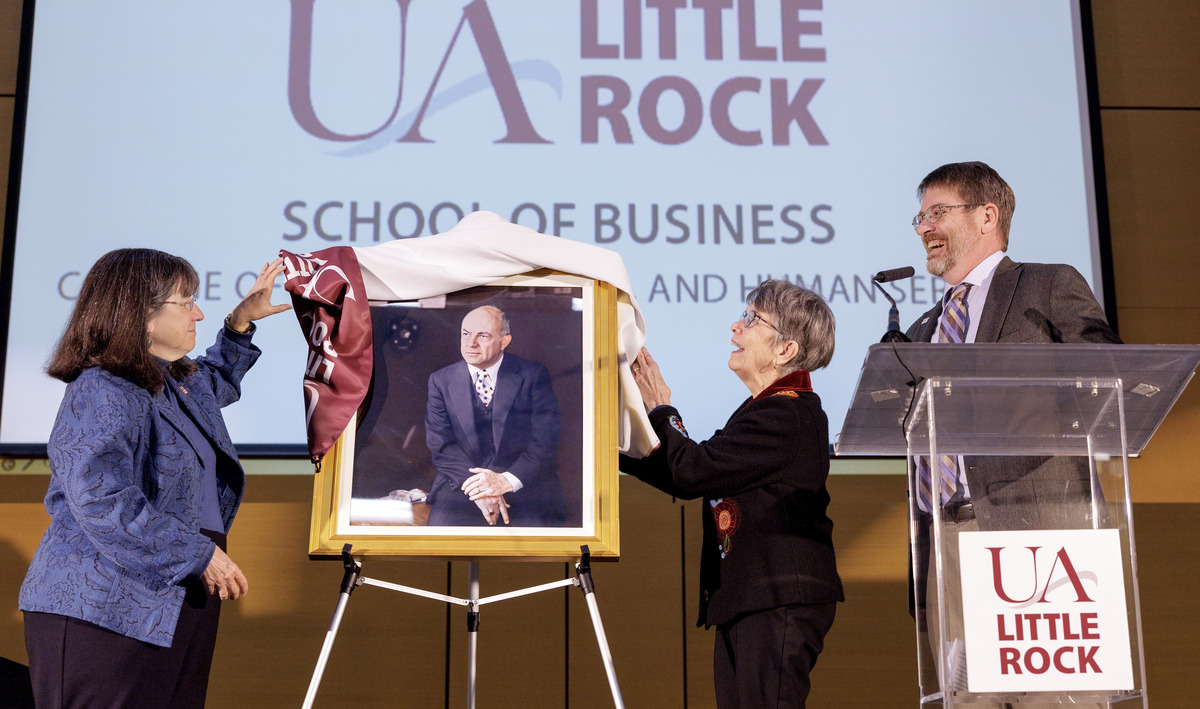Transformative Gift: UA Little Rock Honors Pat Wilson with $1.5 Million Landmark Donation

In a heartwarming display of generosity, the University of Arkansas at Little Rock received a remarkable $1.5 million gift on Tuesday, February 11th, honoring the memory of the beloved Pat Wilson. The transformative donation was made by Pat Wilson's daughter, Kathy Wilson Roberts, marking a significant moment for the university.
This substantial contribution represents more than just a financial gift; it is a touching tribute to a life of dedication and passion. By making this extraordinary donation, Kathy Wilson Roberts ensures her mother's legacy will continue to inspire and support future generations of students.
The gift promises to create meaningful opportunities and support critical initiatives at the university, reflecting the Wilson family's commitment to education and community development. While specific details of the gift's allocation were not immediately disclosed, such a substantial donation is likely to have a profound impact on the institution's academic programs and student support services.
The University of Arkansas at Little Rock expressed deep gratitude for this transformative act of philanthropy, recognizing it as a testament to the enduring power of family, memory, and educational investment.

